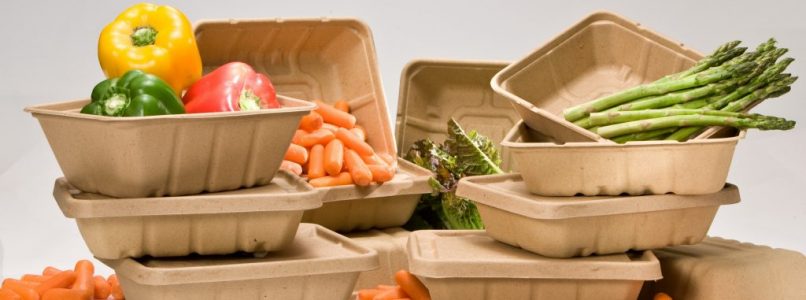The history of pizza by the meter, the 180 cm long specialty of Vico Equense invented in the 1930s by Luigi "Gigino" Dell’Amura
One of the most important specialties of the frame of the Sorrento coast, and in particular of the enchanting town of Vico Equense, and the pizza by the meteror a pizza up to 2 meters long, seasoned with various ingredients and served at the table inside a pan transported on trolleys. The merit of the invention of this gastronomic excellence, famous and widespread both in Italy and abroad, goes to Luigi Dell’Amura, aka Gigino, owner of the pizza restaurant of the same name. Let's go back to its history and find out what features distinguish it from the classic round Neapolitan pizza.
From the invention in the thirties to the University of Pizza
The idea of pizza by the meter came to Gigino Dell’Amura in the thirties, and was born from the need and desire to satisfy the demands of an entire table at once without losing out on quality, serving on a single long pizza base plus condiments. Thanks to this creation, the Dell’Amura restaurant, once known as to Gigino 'or zuzzuso, became increasingly famous. Word of mouth and the curiosity to taste this new pizza recipe grew in fact to such an extent that customers soon began to rush from everywhere, creating an endless line outside the restaurant. Over time, the recipe for the talented pizza maker was also perfected patented in the sixties, to then be replicated, then as today, by several pizzerias scattered in Italy. Another important step for Gigino's activity, as well as a fundamental step in the history of pizza by the meter, was the opening of theUniversity of Pizza. In this school, set up within the same structure, aspiring pizza chefs are instructed by the masters on techniques and secrets of preparing pizza. Currently the restaurant has over 200 seats, has three large wood-fired ovens and can count on a staff of skilled pizza chefs who churn out meters and meters of pizza every day and a menu that, in addition to offering a large variety of pizzas, includes numerous specialties of traditional Campania and Neapolitan cuisine.
The secrets for a perfect pizza by the meter
But now let's move on to the technical characteristics of this special pizza. It must first be said that the pizza by the meter is 180 cm long, and, as we have seen, it can be stuffed with different ingredients which are eventually separated by strips of dough. Ingredients and preparation of the pizza dough by the meter are quite similar to those of the classic Neapolitan, although the former contains a little more water and less salt. The real difference, in addition of course to the shape and the final presentation, is made by the majority short rising times (6-8 hours versus over 12 for round pizza) and i longer cooking times. In short, the popular Gigino pizza can be considered a product in itself compared to the Neapolitan pizza and the pizza slices, whose recipes can be considered almost a connecting link, and its realization is the result of years and years of passion, skill, creativity, as well as the selection of top quality ingredients.
Photo: Pizza by the meter Vico Equense_Official website Restaurant Pizza by the meter.jpg
Photo: Pizza by the meter Vico Equense_Tom Newby_Flickr.jpg


